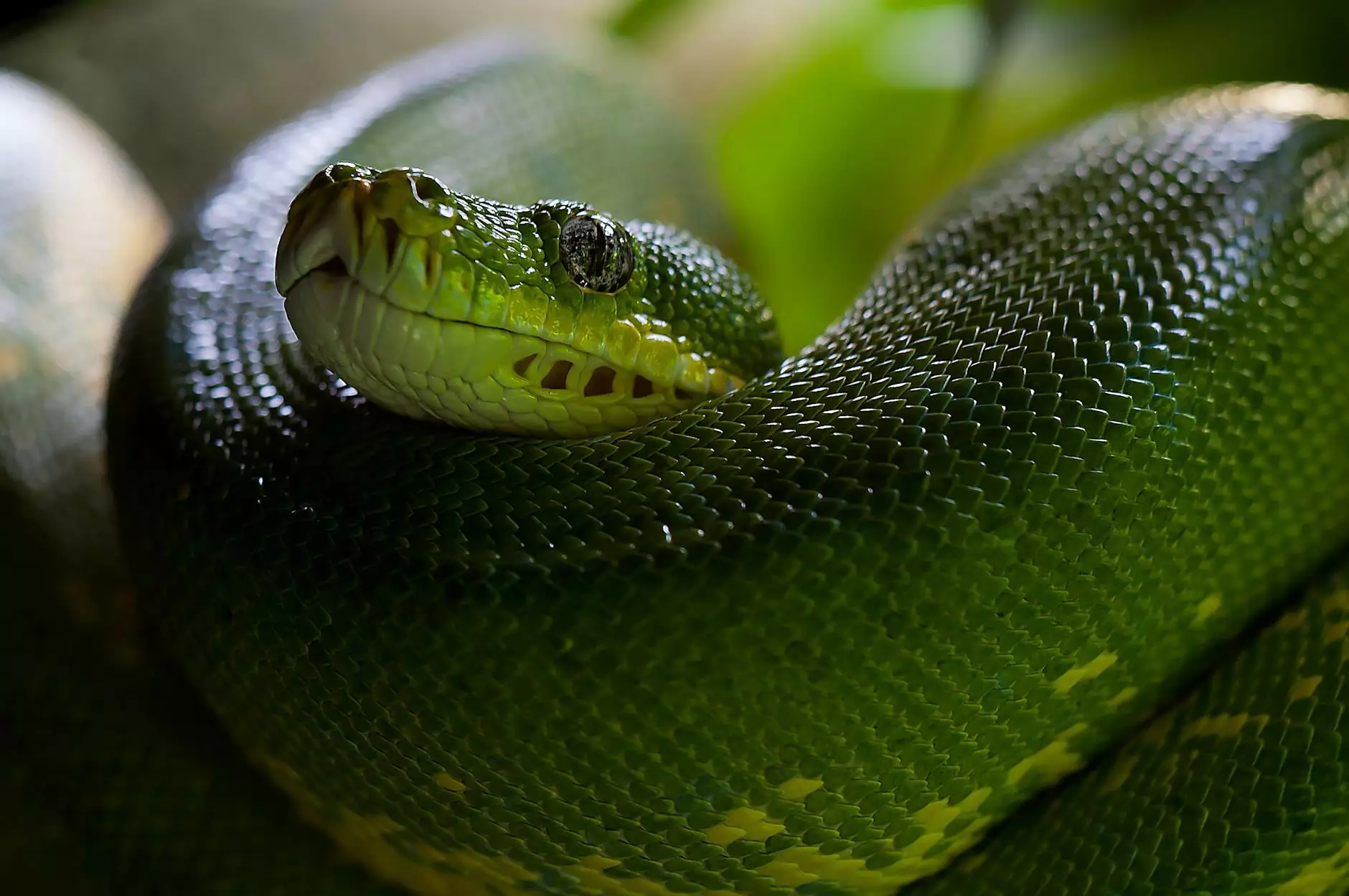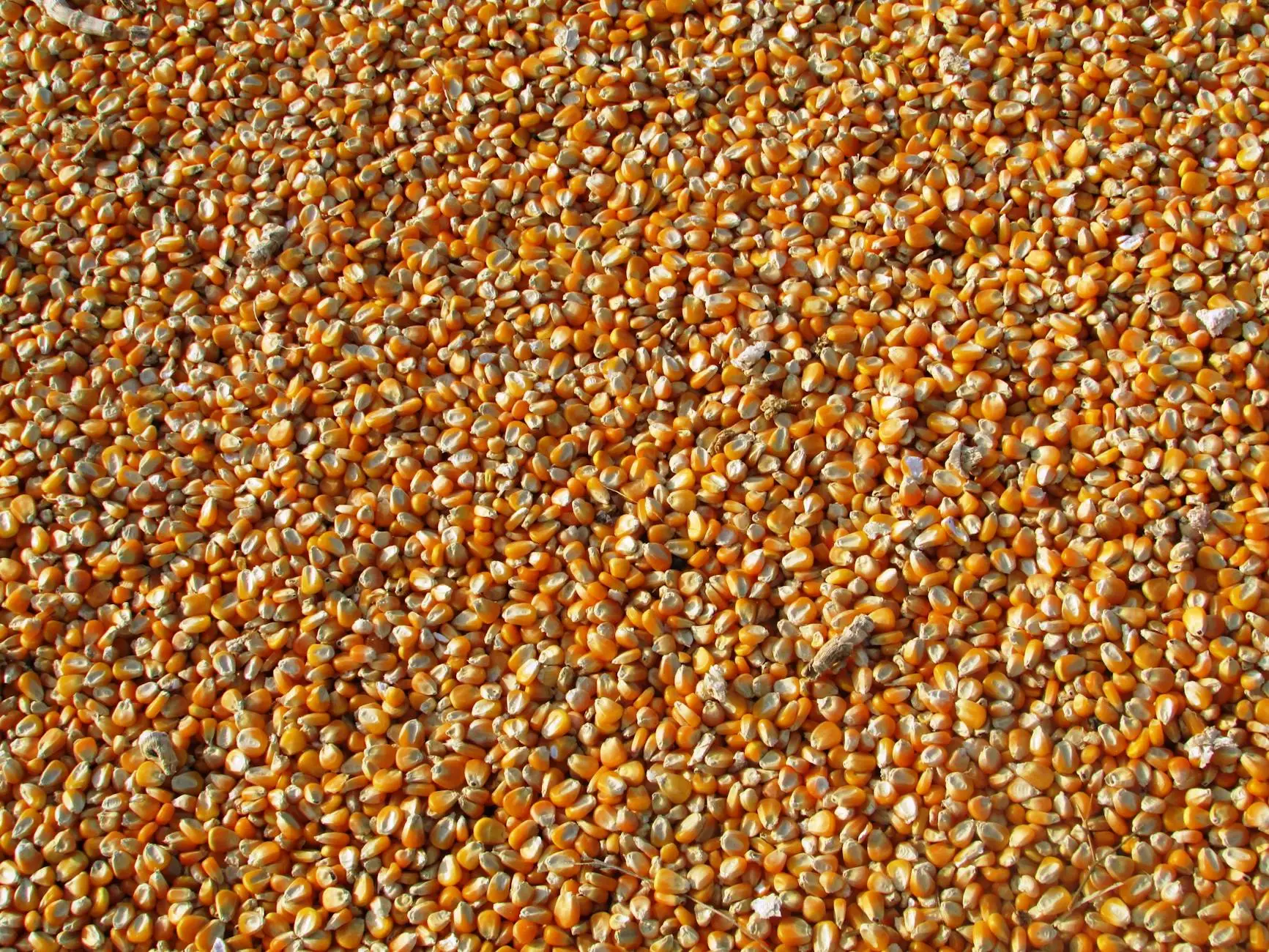The Ultimate Guide to Pet Snakes for Sale

If you're considering adding a new member to your family, a snake can be a fascinating and rewarding pet. With a variety of species to choose from, each with its own unique characteristics, it’s essential to know what to look for when searching for pet snakes for sale. This guide will provide in-depth insights into pet adoption, breeders, and finding reputable reptile shops.
Why Choose a Pet Snake?
Snakes have become increasingly popular as pets for numerous reasons:
- Low Maintenance: Compared to traditional pets, snakes require less daily care.
- Hypoallergenic: Snakes do not produce dander, making them suitable for allergy sufferers.
- Space Efficient: Ideal for individuals living in apartments or smaller homes.
- Engaging and Unique: Observing their behaviors can be captivating and educational.
Popular Pet Snake Species
When searching for pet snakes for sale, you'll encounter various species. Let's explore some of the most popular types:
1. Corn Snakes
Corn snakes are one of the most recommended snakes for beginners. They are docile, easy to handle, and come in a variety of colors. Adults can grow to about 3-5 feet in length.
2. Ball Pythons
Known for their calm demeanor, Ball Pythons are another great choice for both new and experienced snake owners. They can live up to 30 years with proper care and typically reach lengths of 3-5 feet.
3. Boa Constrictors
Boa Constrictors are larger snakes that can grow up to 10 feet. They generally have a friendly disposition and are often a favorite among snake enthusiasts.
4. Kingsnakes
Known for their striking appearance and varied color patterns, Kingsnakes are non-venomous and can grow up to 6 feet long. They are also known for being escape artists!
Where to Find Pet Snakes for Sale
Finding a new pet snake can be both exciting and challenging. Here are three primary options:
1. Pet Adoption
Adopting a pet snake can be a fulfilling experience. Many reptiles are surrendered to shelters due to their owners being unable to care for them properly. Check local animal shelters, rescue organizations, and online adoption platforms.
2. Pet Breeders
If you're looking for a specific breed or morph, pet breeders can be the best option. Ensure that the breeder is reputable, ethical, and follows proper breeding practices. Ask questions about their animals’ health, lineage, and general care.
3. Reptile Shops
Reputable reptile shops offer a wide variety of snakes and can provide you with detailed care guidance. Look for shops that prioritize animal welfare and have knowledgeable staff ready to answer your questions.
Choosing the Right Snake for You
Before purchasing a snake, it’s vital to consider the following factors:
- Size: Consider how much space you can provide. Some species require larger enclosures than others.
- Temperament: Research the temperament of the species you’re interested in to ensure it suits your lifestyle.
- Care Requirements: Understand the specific needs of the snake species, including habitat, diet, and temperature.
Setting Up Your Snake's Habitat
Creating a comfortable and safe habitat is crucial for your new pet. Here are some essential elements:
1. Enclosure
Choose an appropriately sized glass terrarium or plastic enclosure with secure lid. The enclosure size varies by species, but generally, a 20-40 gallon tank works well for beginners.
2. Substrate
Use materials like aspen shavings, coconut fiber, or paper towels for bedding to ensure good hygiene.
3. Heat and Light
Snakes are ectothermic, meaning they rely on external sources for heat. Create a temperature gradient ranging from 75°F to 90°F with a heat mat or lamp.
4. Hiding Spots
Provide hiding spots using commercial hides or natural elements like logs and rocks to help your snake feel secure.
Feeding Your Pet Snake
Feeding practices vary by snake species, but here are some general guidelines:
1. Diet
Most pet snakes eat rodents, such as mice or rats. It's essential to feed prey that is proportionate to the snake's size.
2. Feeding Frequency
Young snakes may require feeding every 5-7 days, while adults typically eat every 10-14 days.
3. Food Options
Always opt for pre-killed or frozen-thawed rodents to prevent injury. Live feeding is generally discouraged
.Health Care and Maintenance
Proper care will ensure your snake thrives in its new environment:
1. Regular Health Checks
Monitor for signs of illness, such as lethargy, lack of appetite, or abnormal shedding. Seek a qualified vet with experience in reptiles as needed.
2. Shedding
Provide adequate humidity levels to assist with shedding. A healthy snake should shed its skin uniformly without retained pieces.
Frequently Asked Questions About Pet Snakes for Sale
1. Are snakes good pets for beginners?
Yes, many species like Corn Snakes and Ball Pythons are known for their easy-going nature and low maintenance, making them great for beginners.
2. How much do pet snakes cost?
Prices can range from $50 to several hundred dollars, depending on the species and morph.
3. What is the lifespan of a pet snake?
On average, pet snakes live between 15 to 30 years, depending on the species and care provided.
Conclusion: Your Journey with Pet Snakes
Choosing to adopt pet snakes for sale is an exciting decision that can lead to a rewarding relationship. Understanding their care requirements and selecting the right species will create a positive experience for both you and your new pet. Whether you choose to adopt, purchase from a breeder, or buy from a reputable shop, always prioritize the health and wellbeing of your snake. Happy herping!









